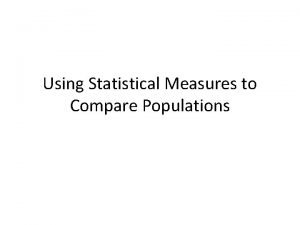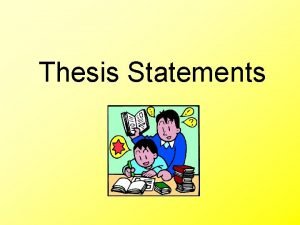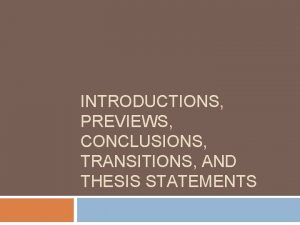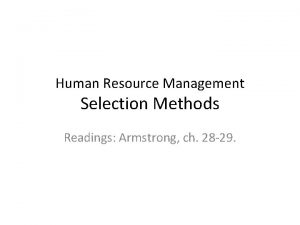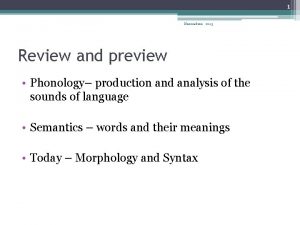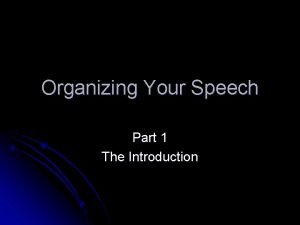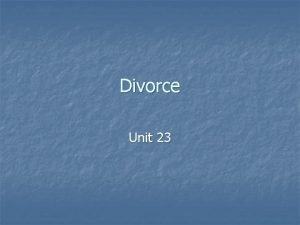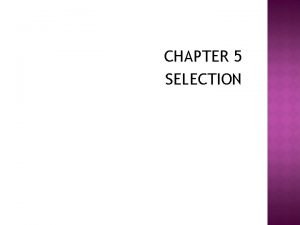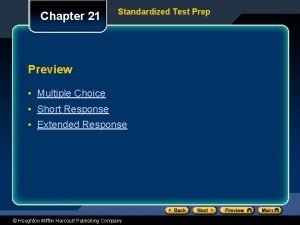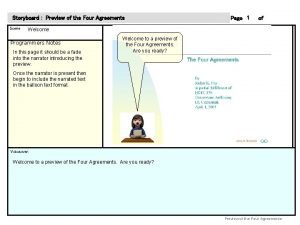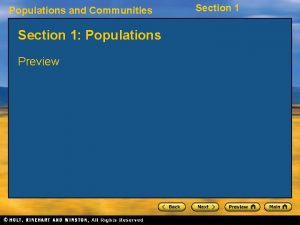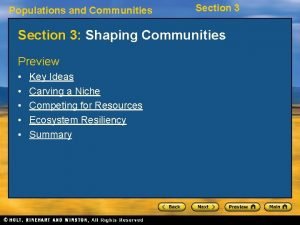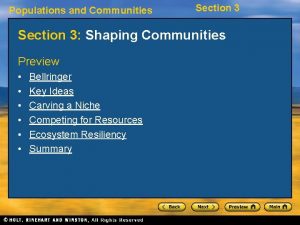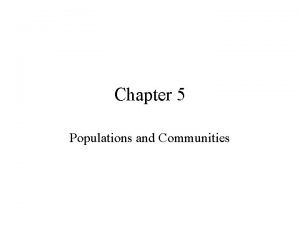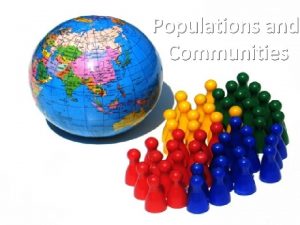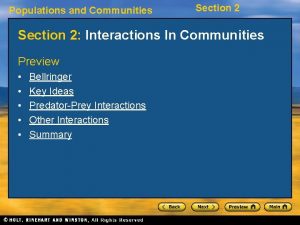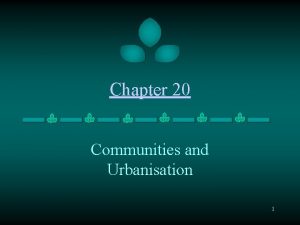Populations and Communities Preview Science Concepts Using Science



















- Slides: 19

Populations and Communities Preview • • • Science Concepts Using Science Graphics Writing Skills Standardized Test Prep

Populations and Communities Standardized Test Prep 1. Which of the following is a biotic factor that could influence population growth? A. B. C. D. water climate temperature the presence of predators

Populations and Communities Standardized Test Prep 1. Which of the following is a biotic factor that could influence population growth? A. B. C. D. water climate temperature the presence of predators

Populations and Communities Standardized Test Prep 2. What is the human population projected to be 50 years from now? F. G. H. J. 3 billion 6 billion 9 billion 50 billion

Populations and Communities Standardized Test Prep 2. What is the human population projected to be 50 years from now? F. G. H. J. 3 billion 6 billion 9 billion 50 billion

Populations and Communities Standardized Test Prep 3. Which of the following describes the actual role of a species in a community in response to competition? A. niche B actual niche C. realized niche D. fundamental niche

Populations and Communities Standardized Test Prep 3. Which of the following describes the actual role of a species in a community in response to competition? A. niche B actual niche C. realized niche D. fundamental niche

Populations and Communities Standardized Test Prep 4. When two closely matched competitors occupy the same area, what happens to the size of their niches? F. G. H. J. Both increase. Both decrease. Both stay the same. One increases and one decreases.

Populations and Communities Standardized Test Prep 4. When two closely matched competitors occupy the same area, what happens to the size of their niches? F. G. H. J. Both increase. Both decrease. Both stay the same. One increases and one decreases.

Populations and Communities Standardized Test Prep 5. What do you call a species that has a huge impact on an ecosystem even if the species is not very abundant? A. parasite B. competitor C. top predator D. keystone species

Populations and Communities Standardized Test Prep 5. What do you call a species that has a huge impact on an ecosystem even if the species is not very abundant? A. parasite B. competitor C. top predator D. keystone species

Populations and Communities Standardized Test Prep 6. Which of the following is a density-independent factor? F. G. H. J. food water predators hurricanes

Populations and Communities Standardized Test Prep 6. Which of the following is a density-independent factor? F. G. H. J. food water predators hurricanes

Populations and Communities Standardized Test Prep Use the diagram shown below to answer the next question. 7. Which time period shows negative growth of the population? A. B. C. D. phase 1 phase 2 phase 3 phase 4

Populations and Communities Standardized Test Prep Use the diagram shown below to answer the next question. 7. Which time period shows negative growth of the population? A. B. C. D. phase 1 phase 2 phase 3 phase 4

Populations and Communities Standardized Test Prep Use the diagram shown below to answer the next question. 8. At which point would a density-dependent factor have a greater impact on the population? F. G. H. J. point 1 point 2 point 3 points 1 and 3

Populations and Communities Standardized Test Prep Use the diagram shown below to answer the next question. 8. At which point would a density-dependent factor have a greater impact on the population? F. G. H. J. point 1 point 2 point 3 points 1 and 3

Populations and Communities Standardized Test Prep 9. In the Fruit Fly Population graph for the previous question, explain why the population stops increasing after it reaches point 3 on the curve.

Populations and Communities Standardized Test Prep 9. In the Fruit Fly Population graph for the previous question, explain why the population stops increasing after it reaches point 3 on the curve. Point 3 in the graph represents the carrying capacity of the environment. There are only so many resources available, and there is only so much space for the fruit fly population. The limited space and resources limit the number of fruit flies that can grow in the environment. This is why the population doesn’t increase above the carrying capacity.
 Sere in ecology
Sere in ecology Using statistical measures to compare populations
Using statistical measures to compare populations Theme thesis statement
Theme thesis statement Summary thesis statement
Summary thesis statement Thesis and preview statement example
Thesis and preview statement example Classic trio' of selection techniques
Classic trio' of selection techniques Review and preview
Review and preview Benefits of hr forecasting
Benefits of hr forecasting Test prep preview
Test prep preview Test prep preview
Test prep preview Test prep preview
Test prep preview Test prep preview
Test prep preview Sccm technical preview
Sccm technical preview Startling statement introduction examples
Startling statement introduction examples Test prep preview
Test prep preview Nnn preview
Nnn preview The selection preview
The selection preview Test prep preview
Test prep preview The four agreements preview
The four agreements preview Test prep preview
Test prep preview

